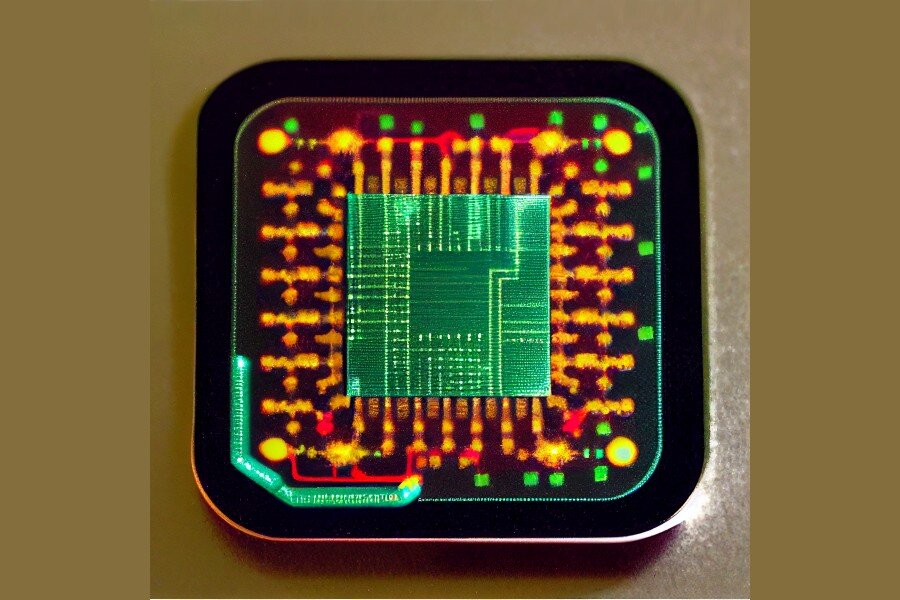New biocomputing method uses enzymes as catalysts for DNA-based molecular computing
Date: 5.5.2023
From early detection and internal treatment of diseases to futuristic applications like augmenting human memory, biological computing, or biocomputing, has the potential to revolutionize medicine and computers.
 Traditional computer hardware is limited in its ability to interface with living organs, which has constrained the development of medical devices. Computerized implants require a constant supply of electricity, they can cause scarring in soft tissue that makes them unusable and they cannot heal themselves the way organisms can. Through the use of biological molecules such as DNA or proteins, biocomputing has the potential to overcome these limitations.
Traditional computer hardware is limited in its ability to interface with living organs, which has constrained the development of medical devices. Computerized implants require a constant supply of electricity, they can cause scarring in soft tissue that makes them unusable and they cannot heal themselves the way organisms can. Through the use of biological molecules such as DNA or proteins, biocomputing has the potential to overcome these limitations.
Biocomputing is typically done either with live cells or with non-living, enzyme-free molecules. Team of researchers at the University of Minnesota has developed a platform for a third method of biocomputing: Trumpet, or Transcriptional RNA Universal Multi-Purpose GatE PlaTform.
Trumpet uses biological enzymes as catalysts for DNA-based molecular computing. Researchers performed logic gate operations, similar to operations done by all computers, in test tubes using DNA molecules. A positive gate connection resulted in a phosphorescent glow. The DNA creates a circuit, and a fluorescent RNA compound lights up when the circuit is completed, just like a lightbulb when a circuit board is tested.
Image source: College of Biological Sciences.























